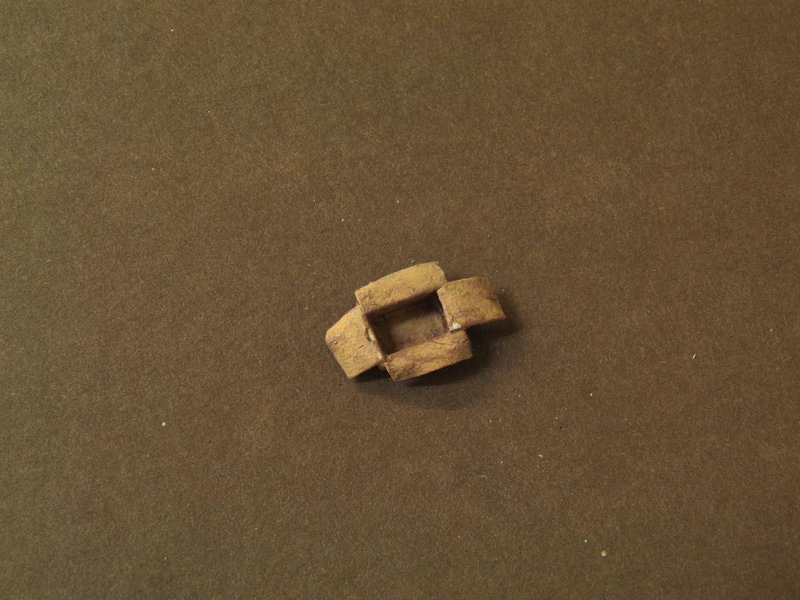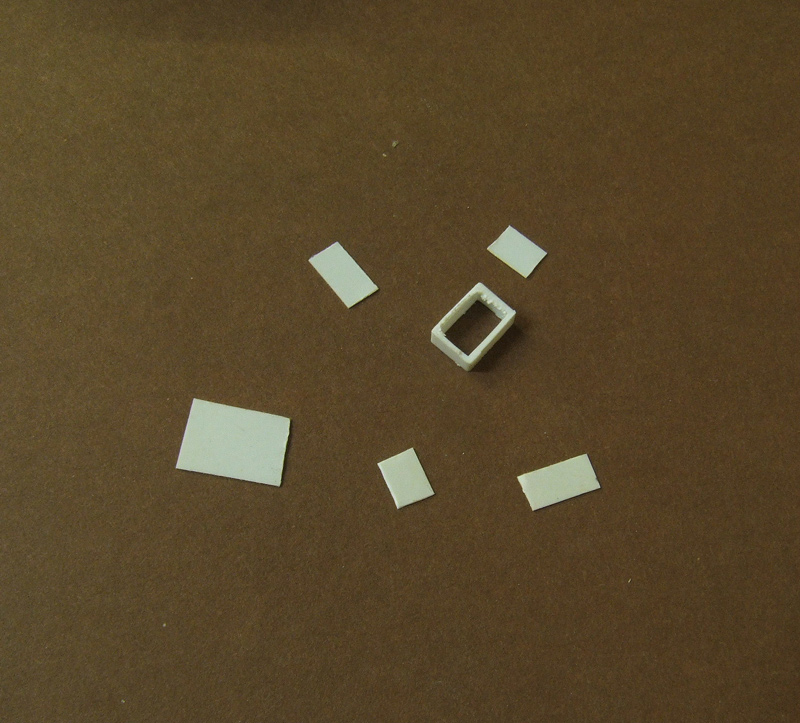Lutz
Cardboard boxes mm!!,first i tried using thin card it was ok,but wasn't really happy with them, so i had to think of something else,them the idea hit me while i was building some spot lights for my other layout HELM.
Plastic tube,well squares/rectangles ones and 10-20thou plasticard.

first up decide what size box you want,cut a peice of tube,then cut four lids out of the plasticard and a bit for the bottom.

Then glue the base on

Next trim the base,you could miss the base out to have a box without a base.

This is follow by the four peices which are the lids,you can glue some inside the box if you wish.

When all this is dry,i gave them a coat of paint (cardboard colour) and a dusting of womens make up.
And there rest they say is history.
It took me about 10 minutes a box,when you dry the paint using a hairdryer it softens the lids, you can bend them into different shapes,so they all don't look the same.
it a quick and easy way to make boxes,and i'm pleased how they worked out.
Clad you all like them.
Ray







